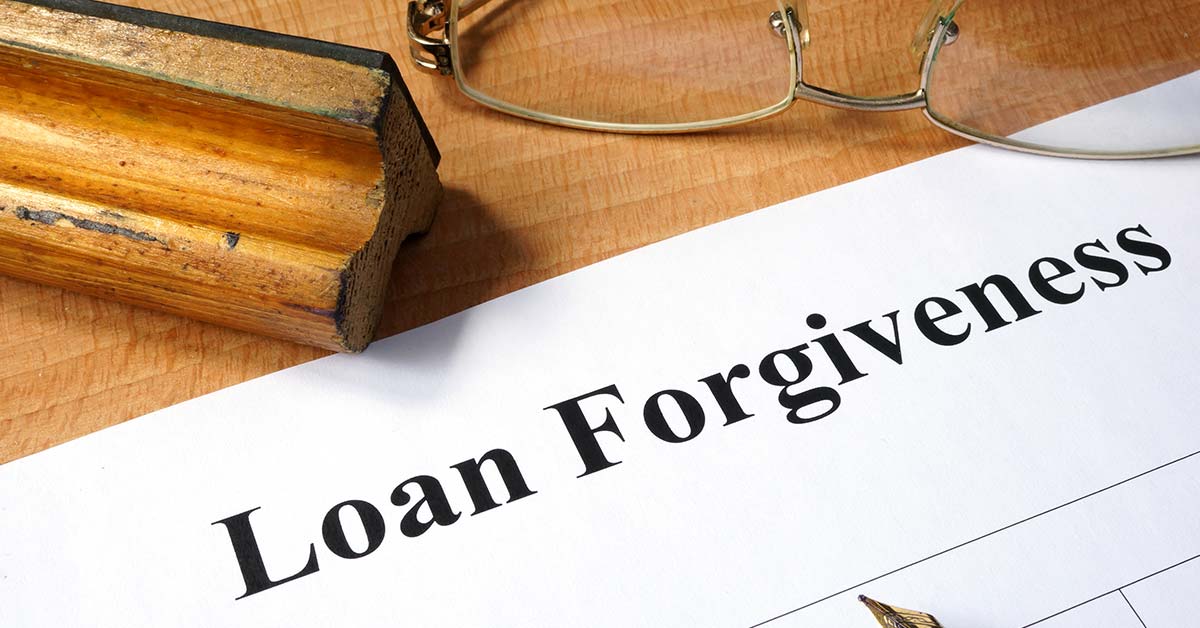Bookkeeping Red Flags and What To Do About Them
Bookkeeping is strategically important for every business because financials form the foundation for daily operations and future planning....

UPDATED: May 1, 2020 - 11:44 a.m.
On April 30, 2020, the IRS issued Notice 2020-32 which provides guidance regarding the deductibility of expenses related to tax-free loan forgiveness from the Paycheck Protection Program (PPP). The Notice explains that expenses attributable to the loan forgiveness portion are not deductible for tax purposes. Any expenses related to the portion of loans not forgiven will be tax-deductible.
This determination by the IRS is unfortunate, but not entirely unexpected. IRC 265(a)(1) generally disallows deductions that are related to gross income which is wholly exempt from taxes. The purpose of IRC 265 is to prevent a double tax benefit related to tax-exempt income.
The Notice calls into question why the CARES Act included the provision to exclude PPP loan forgiveness from gross income. If the gross income exception wasn’t included in the CARES Act, the loan forgiveness would generally be taxable and the expenses would be tax deductible (effectively putting taxpayers in the same position). If the legislators intended to allow tax deductions related to PPP loan forgiveness, it appears an exception to IRC 265(a)(1) will need to be included in future legislation.
ORIGINAL POST - April 17, 2020 - 11:25 a.m.
One of the most significant benefits of the Paycheck Protection Program (PPP) loan is the loan forgiveness feature. Most businesses obtained the loans to provide financial relief during the COVID-19 pandemic with the intent of having all—or most—of the loan proceeds available for tax-free loan forgiveness.
It is imperative that taxpayers take proper steps to understand how the funds are permitted to be used and which expenditures are eligible costs for forgiveness. However, much guidance is still needed from the Small Business Administration (SBA) and United States Treasury regarding the calculation of the loan forgiveness. Updates to this article will be included as information becomes available, but there are some key points you should consider now as we await further guidance.
|
PLEASE NOTE The rules surrounding the Paycheck Protection Program are complex and the guidance is ever-changing. This memo summarizes interpretations based on guidance that is currently available as of April 14, 2020 and does not serve as formal guidance regarding the calculation of PPP loan forgiveness. We recommend clients consult with their SBA banker and attorney for specific guidance relating to their PPP loan. |
Tracking the use of PPP loan proceeds is paramount to preparing for loan forgiveness. Some steps you may want to consider taking include:
Not all use of funds listed below qualify for debt forgiveness, but they represent acceptable uses of PPP loan proceeds.
OBSERVATION
|
In addition to the permitted use of PPP funds outlined above, a sole proprietor may use PPP funds for owner compensation replacement per the following guidelines below:
Remember, understanding what qualifies for loan forgiveness is the critical first step to taking a proactive approach to documenting the use of the PPP loan proceeds. The action you take now could make the loan forgiveness process less cumbersome, but there is a lot that remains unknown. We expect further guidance from the SBA regarding the procedure for requesting loan forgiveness and recommend you consult with your SBA banker and attorney as you complete the loan forgiveness application.

Bookkeeping is strategically important for every business because financials form the foundation for daily operations and future planning....

In a decision issued March 1, 2024, U.S. District Court Judge Liles Burke ruled that the Corporate Transparency Act (CTA) is unconstitutional....

Several types of trusts can help you manage your assets in a way that supports your estate planning goals while providing potentially significant tax...